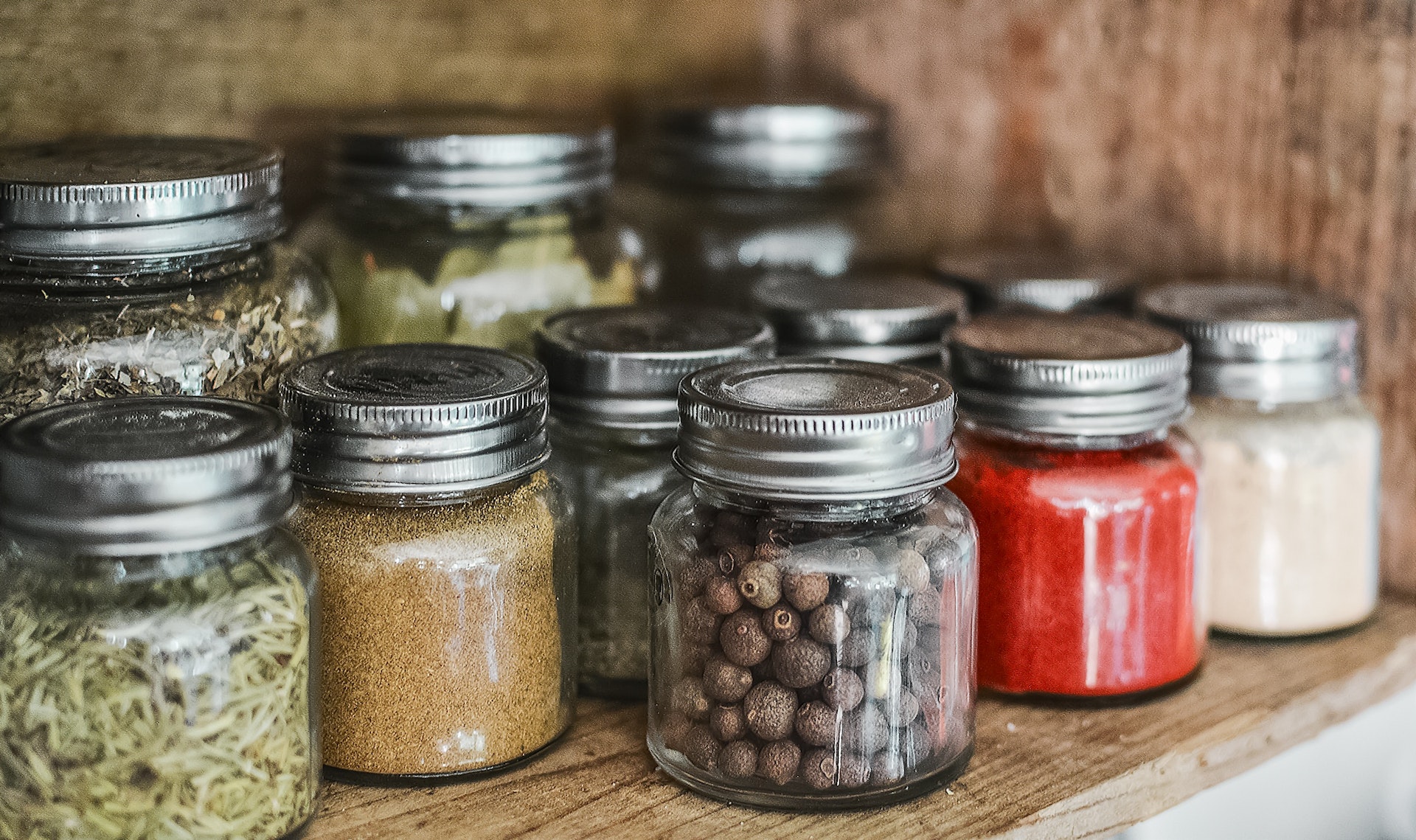Table of Contents
- Mystique to Nature’s Fragrances
- The Aromatic Appeal of Clove
- Rosemary: A Symphony of Scents
- The Resilient Whiffs of Cedar
- The Alluring Ambiance of Santal
- Juniper: The Scent of Wild Serenity
- The Art of Savoring Nature’s Fragrances
Mystique to Nature’s Fragrances
There’s an undeniable mystique to nature’s fragrances. They are stories waiting to be inhaled, an ethereal narrative in the grand tapestry of life. This article unlocks the aromatic profiles of five diverse scents – clove, rosemary, cedar, santal, and juniper. Each having unique aromatic footprints, these essences are as enigmatic as they are familiar, transporting us to faraway lands and ancestral times, evoking personal memories and collective cultural histories. We’ll unravel their distinct aromas, their therapeutic and cultural significance, and how they’ve permeated various spheres of human life.
The Aromatic Appeal of Clove
What Does Clove Smell Like?
Cloves, these small, dried flower buds, encapsulate an aromatic complexity that’s hard to rival. It’s bold, it’s intense, it evokes warmth and a spicy sweetness that feels like a festive winter evening by the fireside. The unmistakable scent of cloves is remarkable in its richness and strength. It possesses an earthy quality that provides comfort while the slight bitterness on the palate offers a perfect equilibrium.
Therapeutic and Cultural Significance
Clove boasts an alluring aroma that’s adored by those in the culinary and medical fields alike. Its comforting nature has made it a staple ingredient in mulled wine, pumpkin spice, and Ayurvedic remedies. Its powerful scent cannot be ignored.
Rosemary: A Symphony of Scents
What does Rosemary Smell Like?
Rosemary is a scent symphony in itself. Its fragrance is crisp and clean, reminiscent of a breezy summer day in a Mediterranean herb garden. An invigorating mix of woody, piney notes harmonizes beautifully with subtle undertones of camphor and mint, leaving a lingering after-scent that’s equally refreshing and soothing.
Therapeutic and Cultural Significance
Owing to its stimulating fragrance, rosemary has been linked to memory enhancement, making it a symbol of remembrance in literary and cultural traditions. It’s also a culinary mainstay, lending its distinctive aroma to a myriad of dishes.
The Resilient Whiffs of Cedar
What does Cedar Smell Like?
The scent of cedar is as sturdy and resilient as the tree itself. It greets you with a top note of warm, soft sweetness, swiftly unveiling an undercurrent of hearty woodiness. Its scent is reminiscent of a forest after a rain, earthy, tranquil, and subtly resinous.
Therapeutic and Cultural Significance
In aromatherapy, cedar’s grounding fragrance is cherished for its calming properties. It also has a long-standing presence in spiritual practices, with its wood being used to create sacred objects and its scent used in purification rituals.
The Alluring Ambiance of Santal
What does Santal Smell Like?
The perfume world reveres santal, or sandalwood, for its remarkable longevity and sensual aroma. Its scent profile is complex, merging a rich, creamy sweetness with subtle hints of wood and a musky depth. Alike to the stillness of a tranquil moon kissed night in a verdant forest this evokes an atmosphere of tranquility.
Therapeutic and Cultural Significance
Santal has a long history in religious and spiritual rituals, its calming scent seen as a pathway to deeper meditation. Its warm, creamy aroma is also a beloved ingredient in perfumery, adding a sophisticated depth to scent compositions.
Juniper: The Scent of Wild Serenity
What does Juniper Smell Like?
Juniper’s scent is as wild and untamed as the landscapes it often inhabits. It is clean and sharp, with a vibrant, pine-like fragrance that’s spiked with an invigorating hit of pepperiness. Underneath it all, you’ll detect a faint, sweetly woody note, like a quiet echo of its forest home.
Therapeutic and Cultural Significance
Juniper’s fragrance boasts a revitalizing and cleansing attribute, rendering it a favored option in aromatherapy. It is thought to purify the air and elevate one’s mood. Furthermore, its unique scent provides flavor to gin, its most well-known culinary offering, imparting depth and piquancy.
The Art of Savoring Nature’s Fragrances
Savoring nature’s fragrances is a journey of sensorial delight and discovery. Whether it’s the fiery warmth of clove, the Mediterranean freshness of rosemary, the robust serenity of cedar, the mystical allure of santal, or the wild vigor of juniper, each aroma offers a unique olfactory narrative. By understanding what these scents truly smell like and appreciating their cultural and therapeutic significance, we deepen our connection with the natural world and unlock a new dimension of our sensory experiences. Indeed, the art of savoring nature’s fragrances is not just about smelling—it’s about experiencing, engaging, and ultimately, understanding our profound link to nature.




 No products in the cart.
No products in the cart.